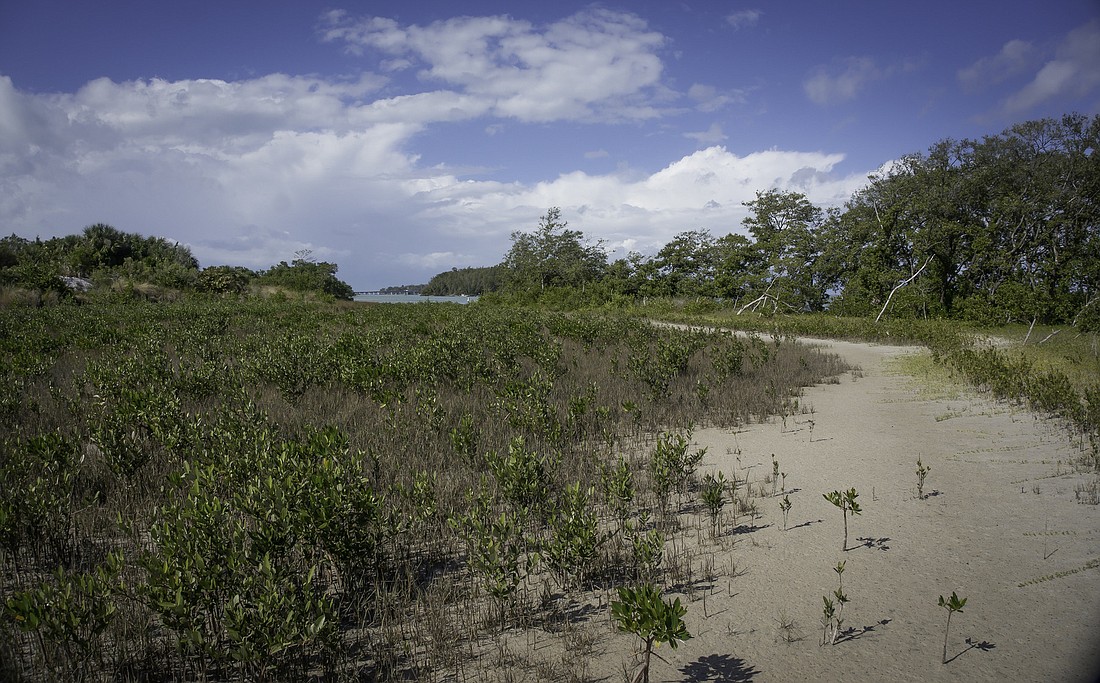- April 24, 2024
-
-
Loading

Loading

Sister Keys are the largest set of undeveloped islands from Tampa Bay to Charlotte Harbor. But in the 1980s and early 1990s, developers had other visions for the four islands.
Sarasota Bay Watch founding board member Ed Chiles, who owns the Chiles Restaurant Group, narrates the story of the islands on a new audio tour of Sister Keys that’s available through the Science and Environment Council of Southwest Florida Inc.’s (SEC) Mobile Phone Tour. It’s Stop 23 of a larger 25-stop SEC tour that highlights watersheds throughout Sarasota and Manatee counties. The SEC plans to add new stops every year.
For the Sister Keys stop, Chiles tells of how developers first sought to build the Shangri-Isle Club on the mangrove islands — complete with a golf course and landing strip for airplanes — and later planned to develop residential homes on the islands. But that never happened.
“A group of concerned citizens had another vision to purchase and protect Sister Keys, and they formed the Sister Keys Conservatory and for four years the group worked to make it happen,” Chiles says.
Finally, the town purchased the islands in 1992, ensuring their preservation as a mangrove wetland.
Later in 2007, the town took on a $1 million mitigation project to remove invasive plants, including the Australian pines that covered the island, and replace them with native species.
With native flora and a newly created wetland, Sister Keys is now home to a greater diversity of wildlife, including fiddler crabs, ibis and roseate spoonbills. The waters surrounding the islands have shallow seagrass beds that serve as nurseries for fish such as snook, redfish, sea trout and flounder. Seagrasses also provide a home, protection and food source for other species such as crabs, oysters, scallops and manatees.
A sign at the town dock in the Longbeach Village, funded by a grant from the Longboat Key Garden Club, was erected last month to commemorate efforts to preserve Sister Keys.
Audio tour
For an audio tour of Sister Keys, dial 926-6813 on your mobile phone and press #23 or visit the SEC’s website, scienceandenvironment.org, then click “mobile phone tour” under the projects tab.
Contact Robin Hartill at [email protected]